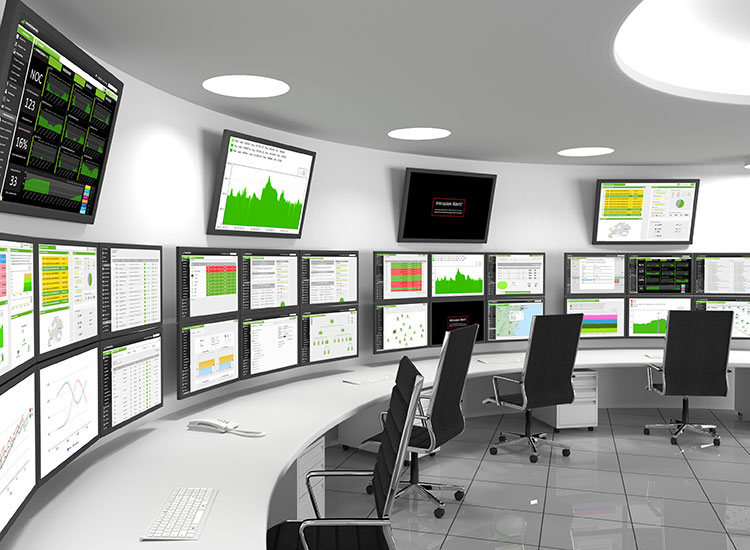Which Protocols Manage Neighbor Discovery Processes on IPv4 Networks?
Understanding the intricacies of neighbor discovery processes in computer networks is crucial for maintaining robust and efficient network communication. In this post, we’ll explore the key protocols that facilitate this process within IPv4 networks. Neighbor discovery in computer networks is a fundamental aspect of network layer protocols in the Internet protocol suite. It’s a mechanism that allows devices on the same local network to identify and communicate with each other. Let’s delve into the protocols that manage neighbor discovery in computer networks.
Address Resolution Protocol (ARP)
The Address Resolution Protocol [ RFC 826 ] is one of the most important protocols for neighbor discovery in computer networks. ARP is used to map an IPv4 address to a physical machine address that is recognized in the local network. When an IPv4 device wants to communicate with another device on the same network, it uses ARP to find the physical hardware address, MAC address, associated with the recipient’s IPv4 address.
Internet Control Message Protocol (ICMP)
ICMP is another protocol that plays a role in neighbor discovery processes in computer networks. Although ICMP is primarily used for sending error messages and operational information, it can also be used to perform network diagnostics. That includes discovering neighbors on a network.
Dynamic Host Configuration Protocol (DHCP)
DHCP is not directly involved in the neighbor discovery process, but it assists in the configuration of devices on IPv4 networks. This can indirectly aid in neighbor discovery. DHCP automatically assigns IP addresses to devices on a network, ensuring that each device has a unique address and can be discovered by others.
Conclusion
In conclusion, the protocols that manage neighbor discovery in computer networks, specifically for IPv4, include ARP for direct address mapping, ICMP for network diagnostics, and DHCP for automatic network configuration. Understanding these protocols is essential for network architects and engineers to ensure efficient network communication.



